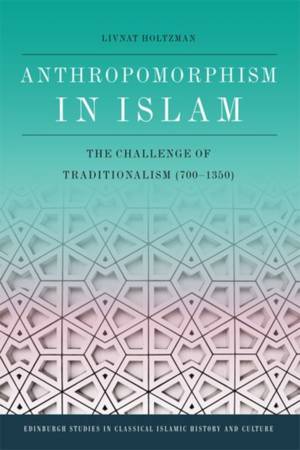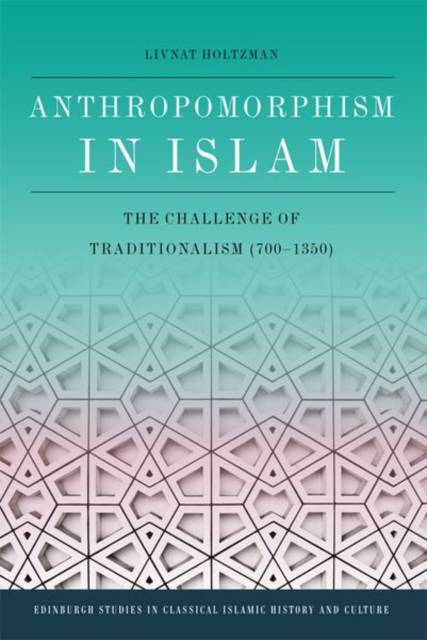
- Afhalen na 1 uur in een winkel met voorraad
- Gratis thuislevering in België vanaf € 30
- Ruim aanbod met 7 miljoen producten
- Afhalen na 1 uur in een winkel met voorraad
- Gratis thuislevering in België vanaf € 30
- Ruim aanbod met 7 miljoen producten
Omschrijving
More than any other issue in Islamic theology, anthropomorphism (tashbih) stood at the heart of many theological debates, and was mostly discussed within the circles of traditionalist Islam. The way a scholar interpreted the anthropomorphic descriptions of God in the Qur'an or the Hadith (for instance, God's hand, God's laughter or God's sitting on the heavenly throne) often reflected his political and social stature, as well as his theological affinity. This book presents an in-depth literary analysis of the textual and non-textual elements of aḥadith al-ṣifat - the traditions that depict God and His attributes in an anthropomorphic language. It goes on to discuss the inner controversies in the prominent traditionalistic learning centres of the Islamic world regarding the way to understand and interpret these anthropomorphic traditions. Through a close, contextualized, and interdisciplinary reading in Hadith compilations, theological treatises, and historical sources, this book offers an evaluation and understanding of the traditionalistic endeavours to define anthropomorphism in the most crucial and indeed most formative period of Islamic thought.
Specificaties
Betrokkenen
- Auteur(s):
- Uitgeverij:
Inhoud
- Aantal bladzijden:
- 448
- Taal:
- Engels
- Reeks:
Eigenschappen
- Productcode (EAN):
- 9780748689569
- Verschijningsdatum:
- 16/03/2018
- Uitvoering:
- Hardcover
- Formaat:
- Genaaid
- Afmetingen:
- 157 mm x 236 mm
- Gewicht:
- 771 g

Alleen bij Standaard Boekhandel
Beoordelingen
We publiceren alleen reviews die voldoen aan de voorwaarden voor reviews. Bekijk onze voorwaarden voor reviews.









